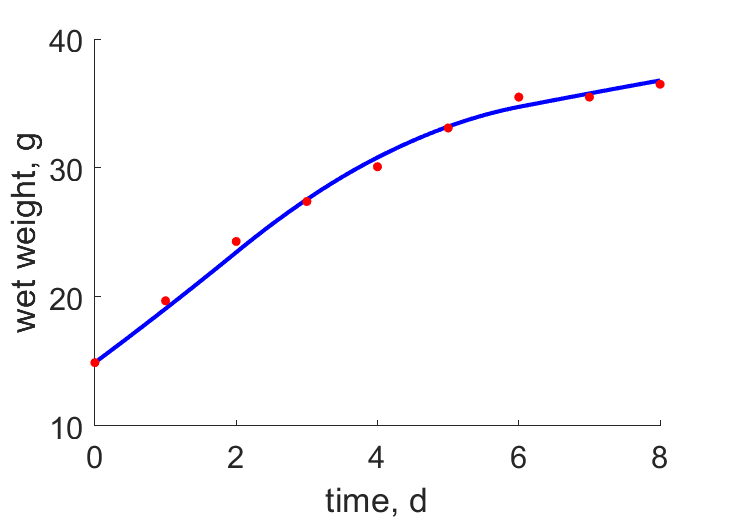Predictions & Data for this entry
| Model: std | climate: D | migrate: Ml | phylum: |
| COMPLETE = 2.5 | ecozone: TH | food: biCi, biHn, biHs | class: |
| MRE = 0.015 | habitat: 0iTf | gender: Dg | order: |
| SMSE = 0.001 | embryo: Tnpf | reprod: O | family: |
Zero-variate data
| Data | Observed | Predicted | (RE) | Unit | Description | Reference |
|---|---|---|---|---|---|---|
| ab | 13.25 | 13.42 | (0.01254) | d | age at birth | avibase |
| tx | 20 | 20.12 | (0.005805) | d | time since birth at fledging | avibase |
| tp | 60 | 58.94 | (0.01772) | d | time since birth at puberty | guess |
| tR | 365 | 365 | ( 0) | d | time since birth at 1st brood | avibase |
| am | 3577 | 3583 | (0.001791) | d | life span | avibase |
| Ww0 | 4.3 | 4.05 | (0.05807) | g | initial wet weight | avibase |
| Wwi | 56.4 | 57.34 | (0.01658) | g | ultimate wet weight | Wiki |
| Ri | 0.01096 | 0.01087 | (0.007996) | #/d | maximum reprod rate | avibase |
Uni- and bivariate data
| Data | Figure | Independent variable | Dependent variable | (RE) | Reference |
|---|---|---|---|---|---|
| tW |  | time | wet weight | (0.01468) | PullHaka1972 |
Pseudo-data at Tref = 20°C
| Data | Generalised animal | Pinicola enucleator | Unit | Description |
|---|---|---|---|---|
| v | 0.02 | 0.03707 | cm/d | energy conductance |
| p_M | 18 | 811.1 | J/d.cm^3 | vol-spec som maint |
| k_J | 0.002 | 0.0325 | 1/d | maturity maint rate coefficient |
| k | 0.3 | 0.2936 | - | maintenance ratio |
| kap | 0.8 | 0.9596 | - | allocation fraction to soma |
| kap_G | 0.8 | 0.7993 | - | growth efficiency |
| kap_R | 0.95 | 0.95 | - | reproduction efficiency |
Discussion
- Males are assumed not to differ from females
- mod_1: Pseudo-data point k is used, rather than k_J; Data set tp and parameter t_R are added, the latter replacing clutch interval t_N. Postnatal T is based on PrinPres1991, see get_T_Aves. See further the revision page, theme puberty
Bibliography